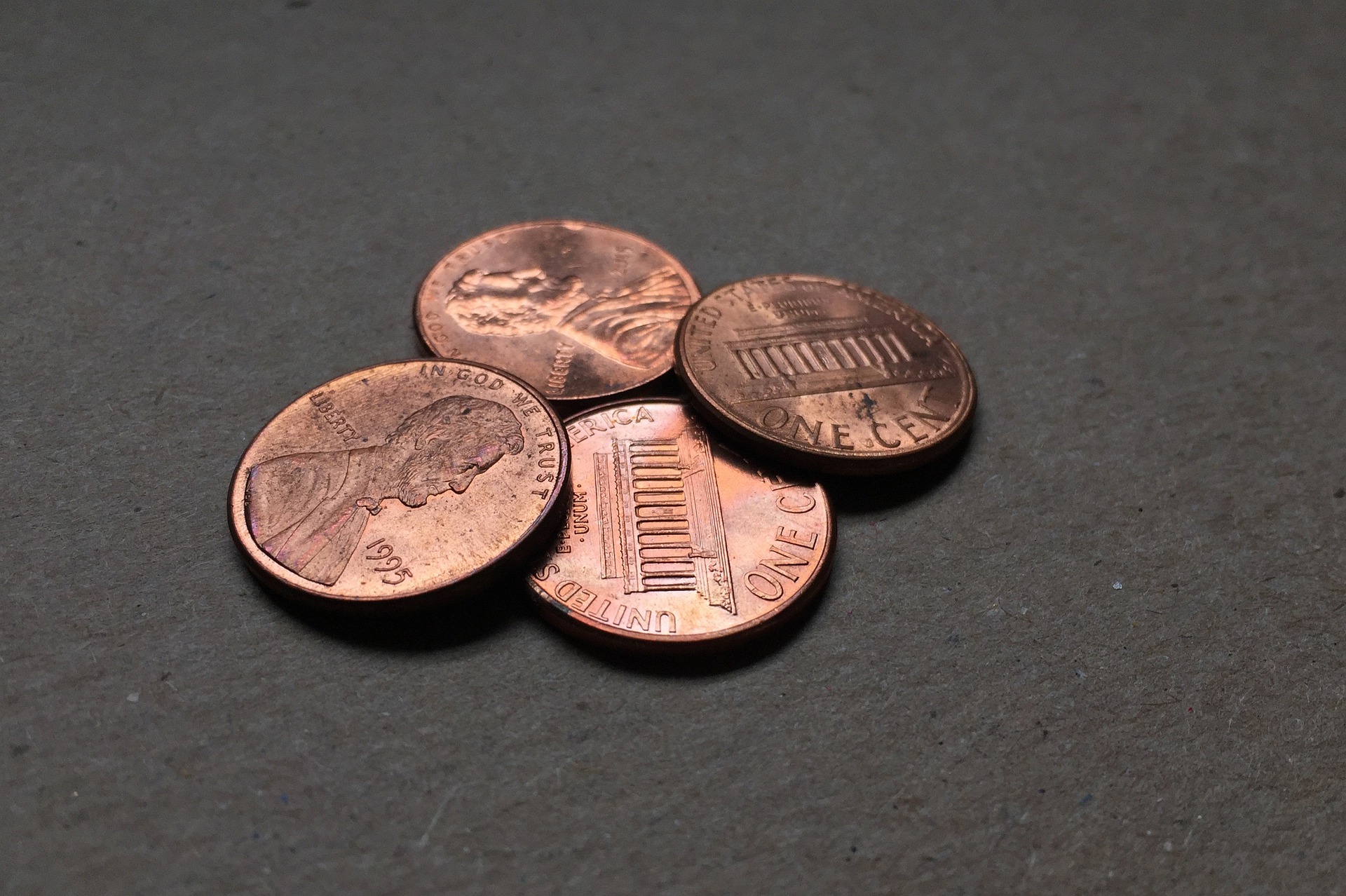Big Ideas, Small Budget
By Gabe Kraljevic
Posted on 2019-11-04
 What advice would you give to first-year teachers who want to give life to their lessons, yet they have a budget that is small or non-existent?
What advice would you give to first-year teachers who want to give life to their lessons, yet they have a budget that is small or non-existent?
— J., Iowa
I always had living things in my classrooms— just going to a park or garden you can find sowbugs (pill bugs), lady beetles, earthworms, and more.
Seeds are easy to come by, and a single package of, say, tomato seeds can go a long way. You can ask for donations of equipment, such as tubs, aquarium supplies, soil, and sand in your school newsletter, website or in communications to students’ families. Consider asking for old cell phones that can be repurposed as cameras for observations. I often would get dissection specimens of fish, oysters, clams, even crabs and lobsters by going to the local grocery store and explaining how I could use any of the creatures that died in their fresh seafood section! They would freeze them and I would pick them up.
There are many, many, many shoestring budget lessons out there that don’t need fancy equipment. My classes would make planispheres—“sky maps” of constellations that you dial to the correct date. You can download one for free and then all you need is paper, glue and card stock (I repurposed file folders in place of card stock). A bit of searching on the topics you teach will net you many cheap-to-make items like this that become little projects in themselves.
Bring in classroom speakers! There are many organizations that have free travelling shows and experts that will come to your classroom. Check out the websites of nature centers, hospitals, zoos, parks, societies, and universities. A bird rehabilitation center in my city would bring owls into the classroom! Free!
Hope this helps!
Image by Chris Pastrick from Pixabay
Disclaimer: The views expressed in this blog post are those of the author(s) and do not necessarily reflect the official position of the National Science Teaching Association (NSTA).


